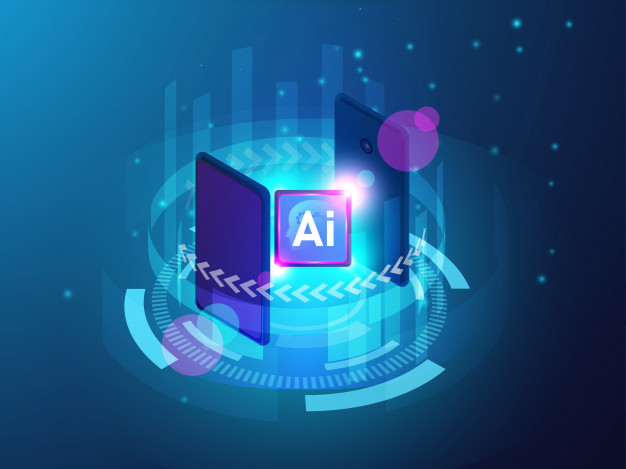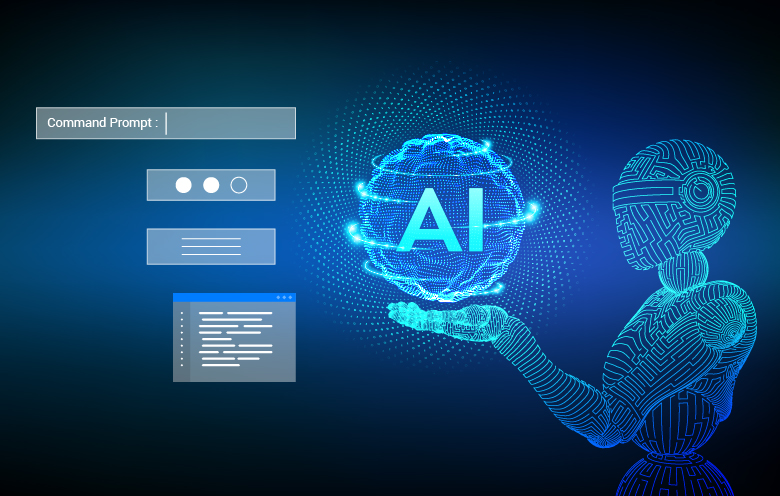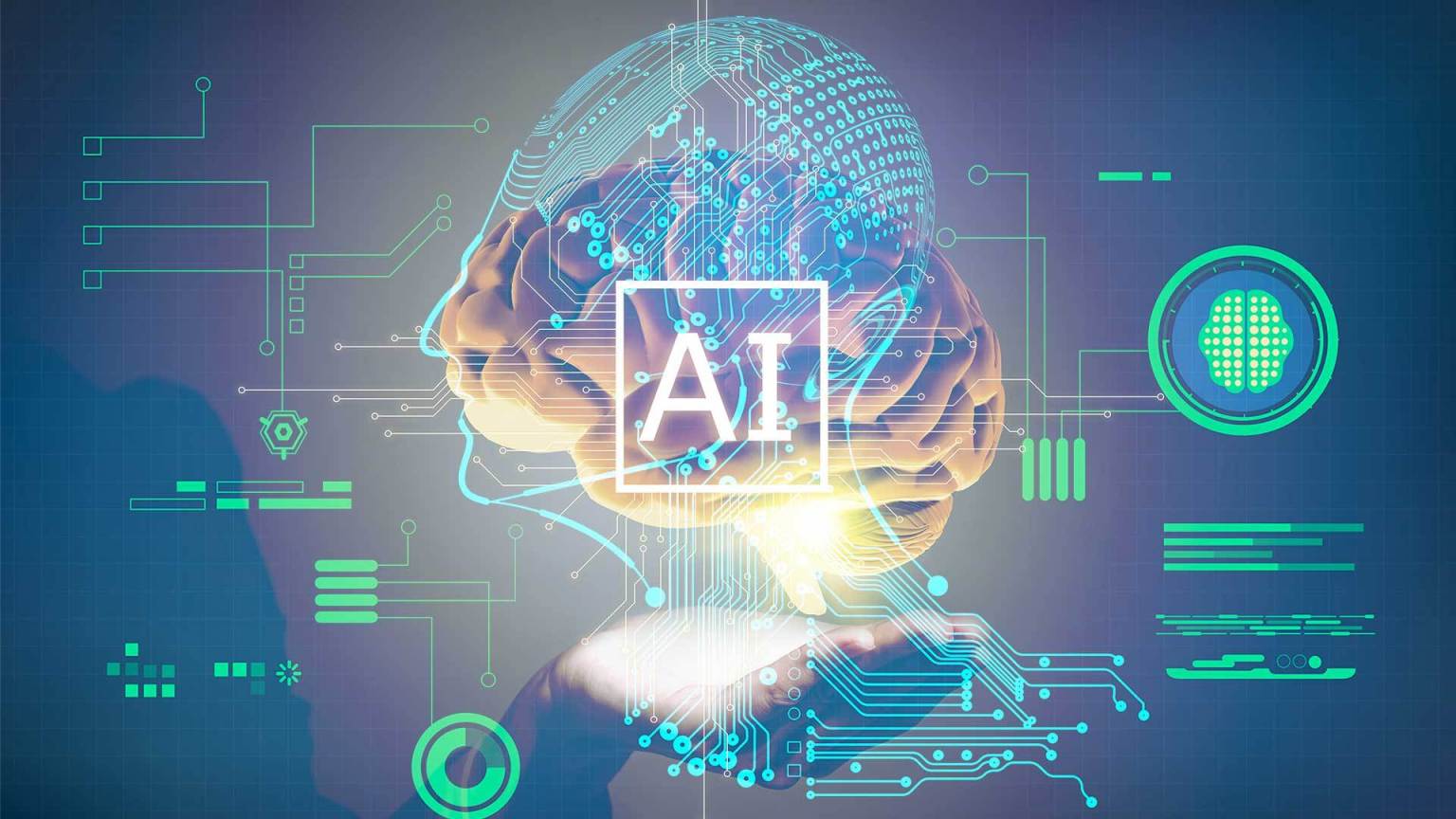Artificial Intelligence (AI) is advancing at a rapid pace, and one of the key players contributing to its evolution is Kera AI. In this post, we will explore Kera AI, understanding its features, advantages, and how it’s shaping the future of AI. Whether you’re a developer, researcher, or AI enthusiast, this article will give you a complete understanding of this groundbreaking technology.
What is Kera AI?

Kera AI is an advanced framework designed to simplify the development and deployment of Artificial Intelligence models, primarily focusing on deep learning. Built on top of TensorFlow, Kera provides a user-friendly interface, making it accessible even for those without extensive experience in machine learning or programming.
The main goal of Kera AI is to enable developers to quickly design and train deep learning models with minimal effort, while still providing enough flexibility for more advanced users to implement complex algorithms. It is known for its simplicity, modularity, and ease of use.
Key Features of Kera
Kera AI has several features that make it stand out in the world of artificial intelligence:
-
User-Friendly Interface: One of the key selling points of Kera is its simplicity. The interface is intuitive, making it easy to construct neural networks and experiment with different architectures.
-
Modular Design: Kera modular nature allows for easy customization and configuration. Developers can mix and match various components, such as layers, optimizers, and loss functions, to create models that suit their specific needs.
-
Supports Multiple Backends: Kera can run on top of several backend engines such as TensorFlow, Theano, and CNTK, providing flexibility and scalability in AI model development.
-
Pre-built Layers: Kera offers a range of pre-built layers, making it simple for users to get started without the need to build neural network components from scratch.
-
Extensive Documentation and Community Support: Kera is well-documented, and it boasts a thriving community of developers and researchers who contribute to its growth. The vast resources available make it easier to troubleshoot and find solutions.
-
Model Training and Testing: Kera supports both training and testing, with built-in tools to facilitate model evaluation, monitoring, and optimization.
How Does Kera AI Work?
Kera AI is designed to be a high-level framework for building neural networks. It abstracts many of the complexities associated with creating machine learning models and provides a simple interface for both beginners and experts.

Step 1: Import Kera AI
To get started, you’ll need to install Kera and import it into your Python environment:
Step 2: Build the Model
Once you’ve imported Kera AI, you can start building your model. Kera provides a sequential API that allows you to add layers in a step-by-step fashion:
Step 3: Compile the Model
After the model is constructed, it needs to be compiled with a chosen optimizer and loss function:
Step 4: Train the Model
With the model compiled, you can train it using the following code:
Step 5: Evaluate the Model
Once the model is trained, you can evaluate its performance:
Advantages of Using Kera AI

Kera AI has several advantages that make it an attractive choice for AI developers and researchers:
1. Ease of Use:
One of the primary benefits of Kera is its user-friendly nature. It abstracts much of the complexity behind deep learning, allowing users to focus more on experimentation and model development rather than dealing with intricate details.
2. Flexibility:
Though Kera is designed for simplicity, it still provides enough flexibility for advanced users to create sophisticated neural networks. You can implement custom layers, loss functions, and other features that give you full control over your models.
3. Compatibility:
Kera AI supports multiple backends, such as TensorFlow, Theano, and Microsoft CNTK, allowing you to choose the backend that works best for your needs. This ensures that your models can run on different platforms and hardware configurations.
4. Rapid Prototyping:
Because Kera AI is designed to be modular and simple, you can rapidly prototype AI models and test them with different architectures, optimizers, and datasets. This feature makes it ideal for those who need to iterate quickly in the early stages of development.
Real-World Applications of Kera
Kera AI is used in a variety of real-world applications, spanning across multiple industries and sectors. Some of the key areas where Kera has made an impact include:

-
Healthcare: AI models developed with Kera are used in medical image analysis, drug discovery, and predictive analytics to improve patient care.
-
Finance: In the finance industry, Kera is used for algorithmic trading, fraud detection, and risk management.
-
Retail: Kera helps businesses optimize inventory management, predict customer behavior, and personalize marketing strategies.
-
Transportation: Kera powers autonomous vehicles, enhancing their ability to detect obstacles, predict traffic patterns, and make safe driving decisions.
-
Natural Language Processing (NLP): Kera is widely used in developing advanced NLP models for applications such as sentiment analysis, machine translation, and chatbots.
Important Information About Kera AI
| Feature | Description |
|---|---|
| Compatibility | Kera is compatible with multiple backend engines such as TensorFlow, Theano, and CNTK, offering flexibility in deployment and execution. |
| Ease of Use | Kera is highly user-friendly, providing a simple API for creating neural networks without needing deep knowledge of machine learning algorithms. |
| Documentation | The framework comes with detailed documentation, tutorials, and a large community for troubleshooting and advice. |
| Customizability | Kera allows users to implement custom models and layers, making it a flexible tool for advanced users who require more control. |
| Model Evaluation | Built-in evaluation tools allow users to track model performance during training and testing phases. |
| Supported Languages | Kera primarily supports Python, with some support for other languages like R through integration with other frameworks. |
How to Install Kera AI
To get started with Kera, follow these simple steps:
-
Install TensorFlow: Since Kera works on top of TensorFlow, it is important to install TensorFlow first:
-
Install Kera AI: After TensorFlow is installed, you can install Kera using pip:
-
Verify the Installation: After installation, verify that everything is working correctly by running the following command in Python:
Conclusion: Why Kera is a Game-Changer for AI Development
Kera AI is one of the most powerful and accessible tools for anyone working with artificial intelligence. Its simplicity, flexibility, and vast community support make it an ideal choice for both beginners and seasoned developers. Whether you’re building a simple model or designing a complex deep learning system, Kera provides the tools you need to achieve your AI development goals.
As AI continues to evolve, Kera will play a pivotal role in democratizing access to machine learning technologies, enabling more people to innovate and contribute to the future of AI.
Read More Blog: Gama AI: Transforming Artificial Intelligence for the Next Generation of Technology


